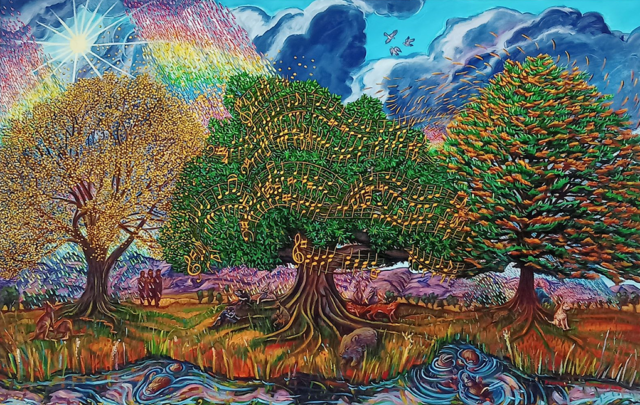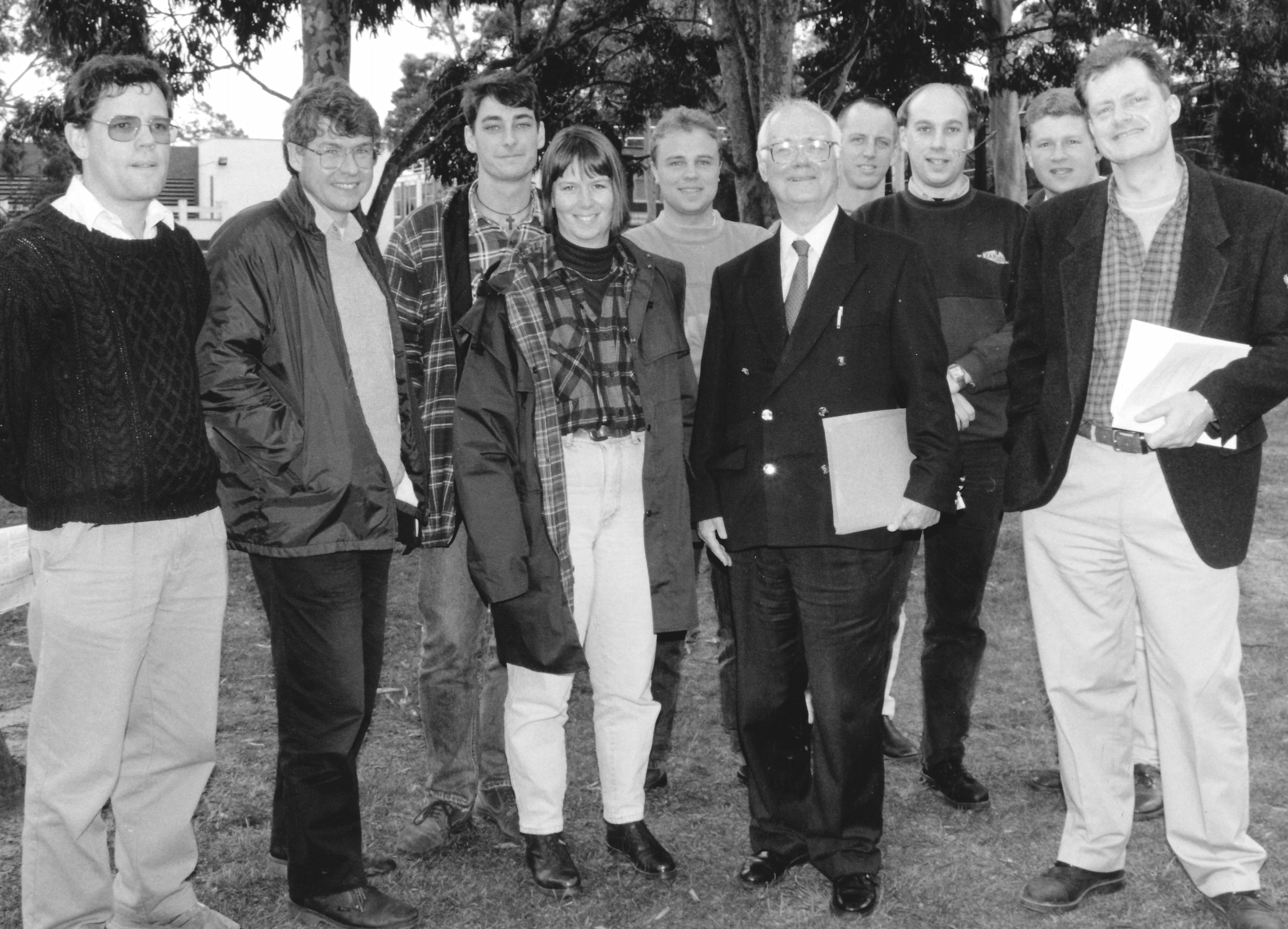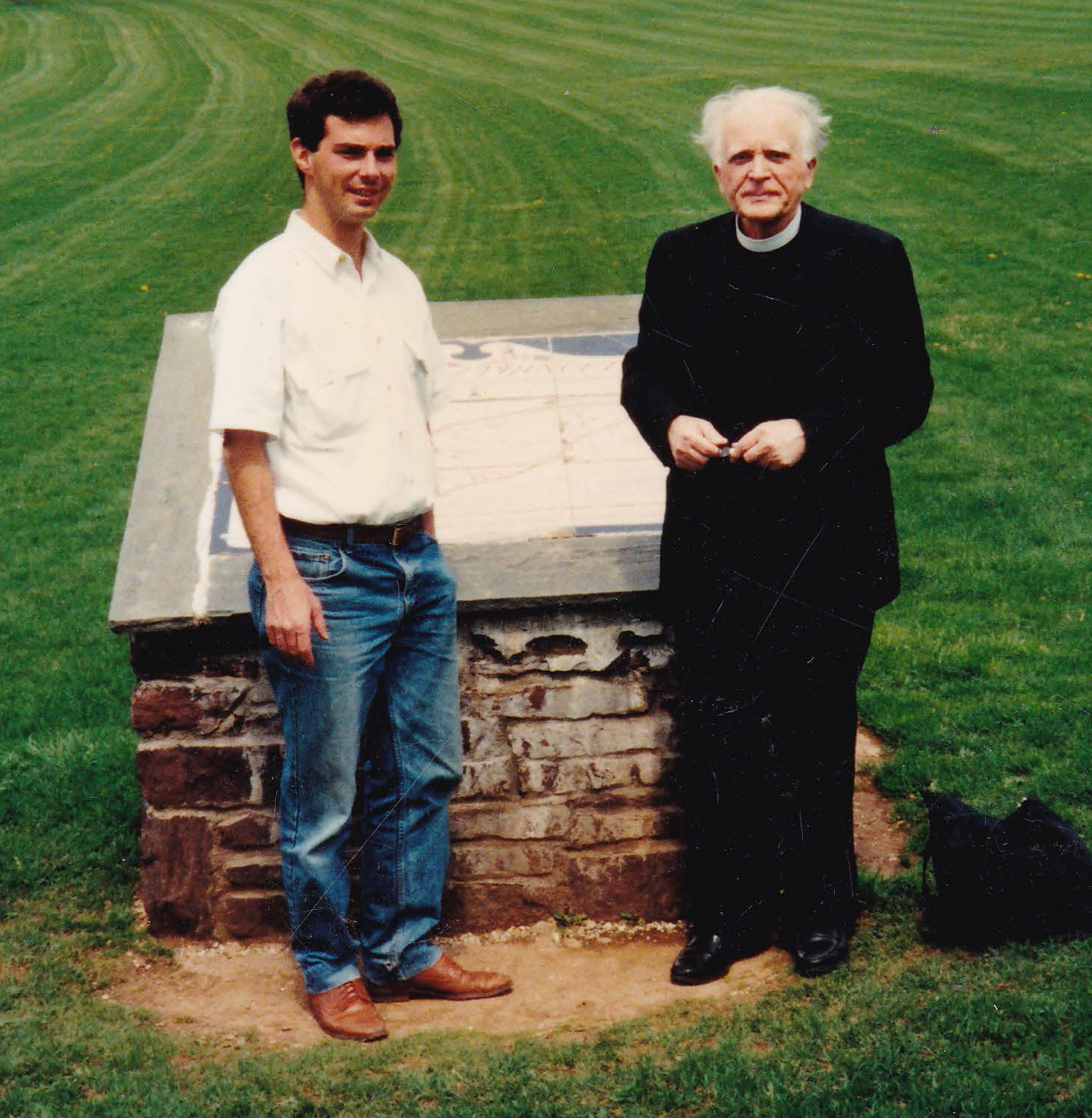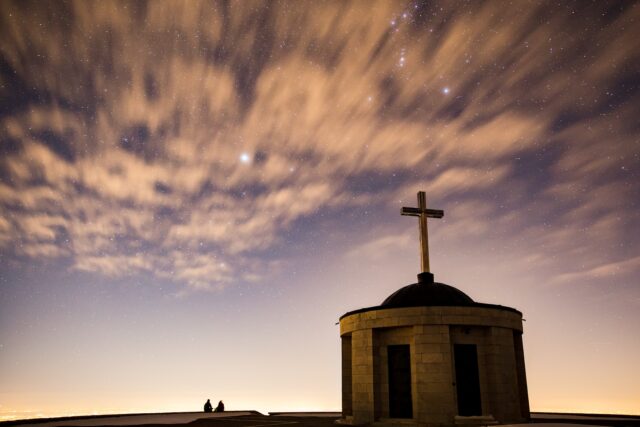

I believe in a God who has a story for everyone, who is able to relate to each one of us in our diverse circumstances and our unique ways of being human. And I believe that our expression of the truths of God can sometimes restrict the full expression of God’s character. And yet we simply must try—try to explore who God is and to explore new ways to share our lived experience with others. And the picture of God we discover is necessarily ageless, so that the stories of the past are both necessary and out of date. We must continue to discover our own stories if we want the fullest revelation of God’s love.
Similarly, we need, more than ever, a plurality of voices. One person’s study and learning and expression simply cannot be shoe-horned into everyone’s individual need for love. The beauty of the gospel is its relevance to everyone. It is open to all. And if we haven’t framed it that way then we haven’t understood it ourselves.
To understand the wonder and the beauty of the gospel, I need to consider all of God’s works. And for me, nothing else displays it so fully as the Universe. The immensity of the Cosmos down to the mysteries of the atom are an allegory of the infinite breadth and scope of the love of God for each of us. Intricate, awe-inspiring, delicate and majestic are words that can describe the universe and the love of its creator and so they are words that can describe something of God’s character and love.
The immensity of the Cosmos down to the mysteries of the atom are an allegory of the infinite breadth and scope of the love of God for each of us.
The universe is immense. If I was to offer you numbers to describe the time periods involved or the distances involved or the number of stars involved, they would either leave you awe-inspired or washed out. But be assured, they are of a scale far beyond our normal experience and, except for someone working in the field, beyond our imaginings. This speaks to me about the incredible breadth of our God’s love. It is for all people, across all time. This is not syncretism—that everyone will be saved regardless of their response to God’s love—but it is a statement of the desire of God that everyone would receive the love being offered.
The atom is tiny. Again, the scale of the numbers is either awe-inspiring or simply beyond our ability to grasp or imagine. There is more than a suspicion that we don’t know the half of it as well. New particles continue to be discovered; deeper levels of enquiry keep appearing around the corner. This speaks to me of the delicateness of God’s love. The particularity of the Spirit’s attention to our lives and situations.
Roughly in the middle of these two extremes sits the earth and the great mass of humanity with all of our complex abilities and faculties. The planet earth is both a mundane lump of matter circling an average star but also a triumph of ecological complexity, interrelatedness and beauty. Even though it could be considered that we are an unlikely outcome after 13.6 billion years, the earth and its inhabitants are beautiful all the same and worthy of consideration. You could read for the rest of your days about the story behind the formation of the earth and the way that life originated and developed into the ecosystems that we have today. But for now, they simply speak to me of a God for whom even our most complicated life situation is understandable and understood.
Despite whether you believe that humans are the pinnacle of creation or just another by-product of an incredible creative process, we are a wonder at every level. The human body and its unique abilities should amaze and even humble us. The human mind with its advanced consciousness and our ability and desire to understand the workings of the universe speaks of a special relationship we can have with God.
The human mind with its advanced consciousness and our ability and desire to understand the workings of the universe speaks of a special relationship we can have with God.
And so, in this allegorical parallel between the love of God and the physical creation, I see the middle of the spectrum—the earth and humanity—as marking the place in the spectrum of God’s love—from the magnificent and the majestic, down to the precise and the delicate—where we humans are drawn into relationship with God. This is commonly called the Gospel, the Good News. It is epitomised by the incarnation of God, the coming in flesh to dwell amongst us but it is simply the desire of the Divine to relate to and to enjoy the love of those who are human image-bearers.
For me, this allegory and these truths are a call to continue to understand nature as a way of enjoying more of the Divine One. And they are a call to continue to consider the breadth of God’s love for all of creation and for all of humanity, and to be watching for the particularity of God’s love—the delicate and precise gestures towards each of us. They also open up for me a path towards experiencing that love by embedding myself in nature, whether forest, beach or desert, and enjoying the beauty and wonder of it. From this place, I can see the special relationship that is possible with the Divine. This is how the Gospel speaks most loudly and clearly to me.














